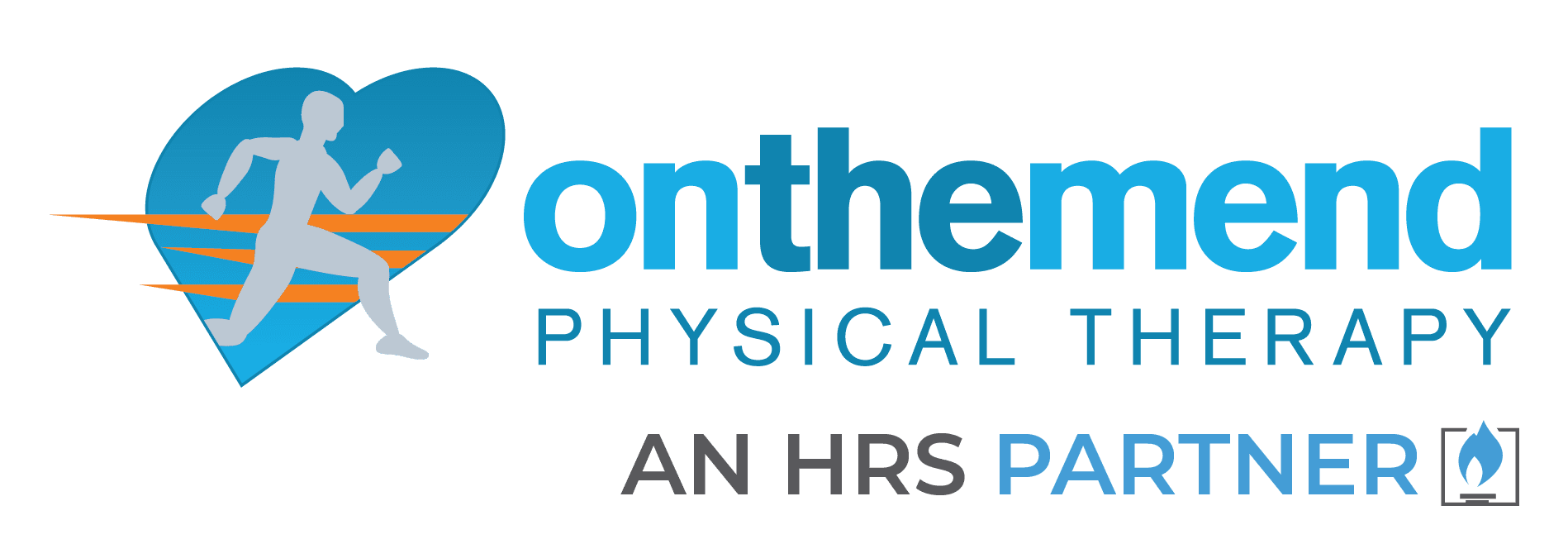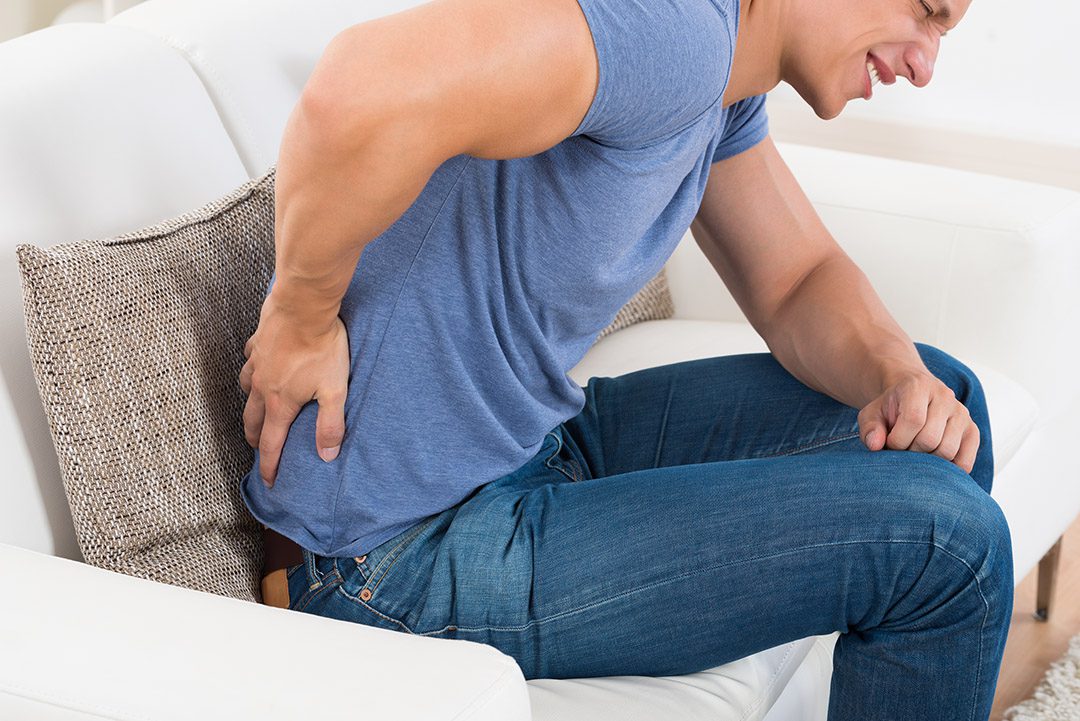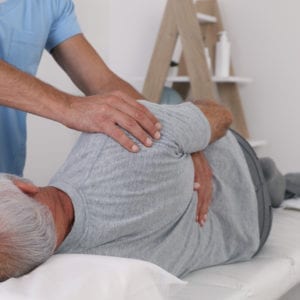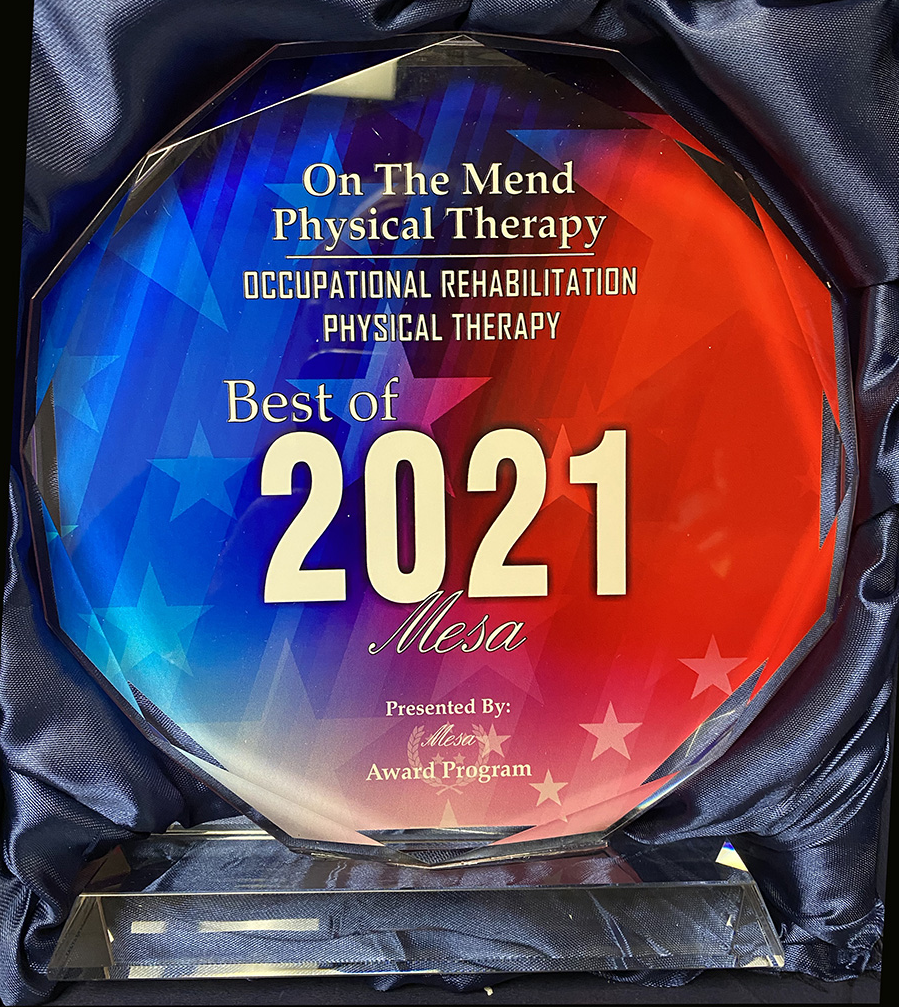Finding the cause of your back pain.
It’s estimated that as many as 75% of us will have some form of back or neck pain at some point in our lifetime. The good news is that most of us will recover without the need for surgery—and conservative care such as physical therapy usually gets outstanding results. Degenerative disk disease (DDD) is one cause of back and neck pain. Usually the result of the natural aging process, degenerative disk disease is a type of osteoarthritis of the spine.
How Does it Feel?
You might have mild to intense neck and back pain—or no pain at all:
- A degenerative disk in the neck can cause pain in the arm, shoulder, or neck
- A degenerative disk in the low back might cause pain in the back, buttocks, or legs.
The pain is often made worse by sitting, bending, and reaching. It may be worse first thing in the morning and after staying in any one position for a long time.
In severe cases, when DDD results in pressure on the nerves, it can lead to numbness, tingling, and even weakness in the arms or legs.
How do we figure it out?
Your physical therapist will conduct a thorough evaluation and will use screening tools to determine the likelihood of DDD.
For example, the therapist may:
- Ask you very specific questions about the location and behavior of your pain, weakness, and other symptoms
- Ask you to fill out a body diagram to indicate specific areas of pain, numb-ness, and tingling
- Perform tests of muscle strength and sensation to determine the severity of the pressure on your nerves
- Examine your posture and observe how you walk and perform other activities
- Measure the range of motion of your spine and your arms and legs
- Use manual therapy to evaluate the mobility of the joints and muscles in your spine
- Test the strength of important muscle groups
If you have muscle weakness and loss of sensation or very severe pain, special diagnostic tests, such as x-rays, may be needed. Physical therapists work closely with physicians and other health care providers to make certain that an accurate diagnosis is made and the appropriate treatment is provided.
Research shows that in all but the most extreme cases (usually involving muscle weakness or high levels of pain), conservative care, such as physical therapy, has proven itself to be an effective method of treatment.
After the evaluation, if your therapist suspects you have DDD and there are no major medical problems, treatment can begin right away.
How can a physical therapist help?
Our overall purpose is to help you continue to participate in your daily activities and life roles. We will design a treatment program based on both the findings of the evaluation and your personal goals. The treatment program likely will be a combination of exercises.
- Stretching and flexibility exercises to improve mobility in the joints and muscles of your spine and your extremities—improving motion in a joint is often the key to pain relief
- Strengthening exercises—strong trunk muscles provide support for your spinal joints, and strong arm and leg muscles help take some of the workload off your spinal joints
- Aerobic exercise, which has been shown to be helpful in relieving pain, promoting a healthy body weight, and improving overall strength and mobility—all important factors in managing DDD
This might sound like a lot of exercise, but don’t worry: research shows that the more exercise you can handle, the quicker you’ll get rid of your pain and other symptoms.
We might also decide to use a combination of treatments:
- Manual therapy to improve the mobility of stiff joints and tight muscles that may be contributing to your symptoms
- Posture and movement education to show you how to make small changes in how you sit, stand, bend, and lift—even in how you sleep—to help relieve your pain and help you manage your condition on your own
- Special pain treatments—such as ice, electrical stimulation, or a short course of traction—for pain that is severe and not relieved by exercise or manual therapy
Once your pain is gone, it will be important for you to continue your new posture and movement habits to keep your back healthy.
Article source: MoveFowardPT.com.




